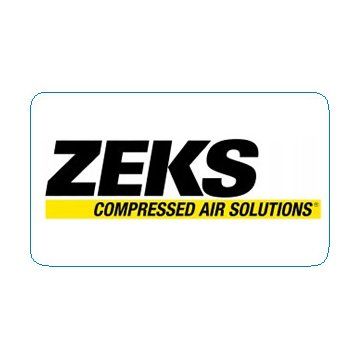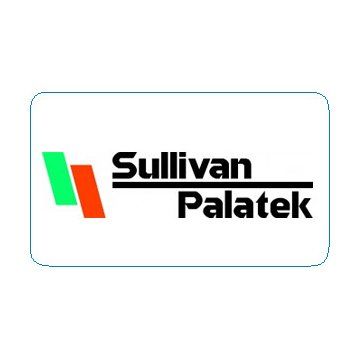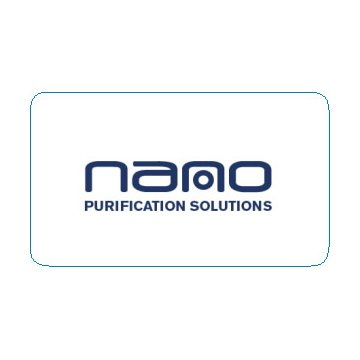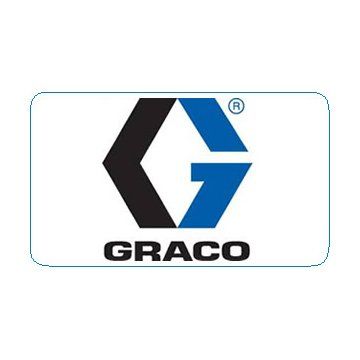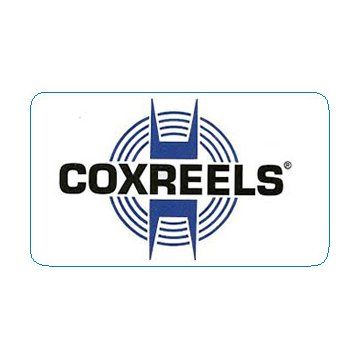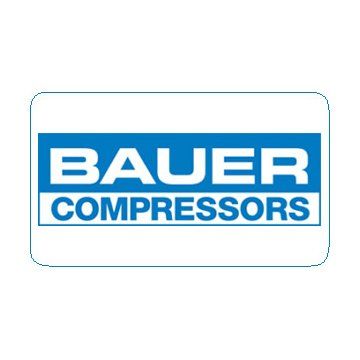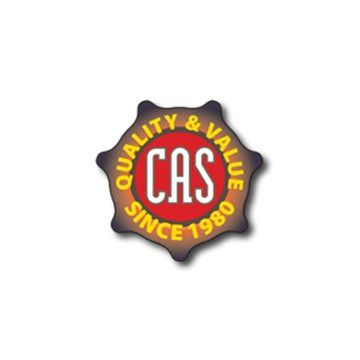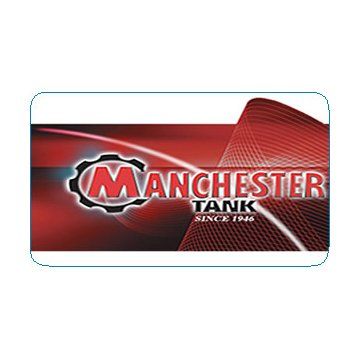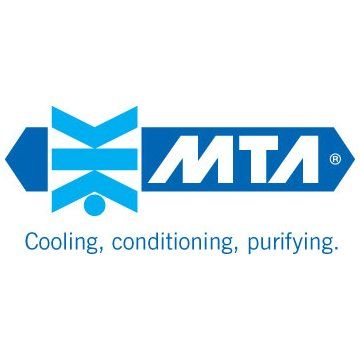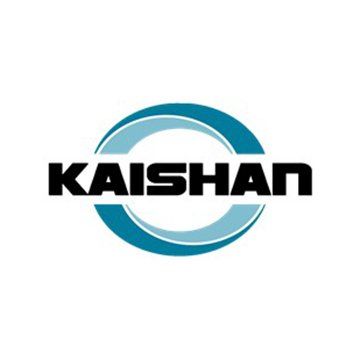Services
INDUSTRIAL AIR SERVICES
Did you know IASTX offers service for all your industrial air needs?
We offer technical support for all brands of compressor equipment. Have a look at our services below and set your appointment with our service team!
Compressor Diagnostic & Repair Services
Rotary Screw Compressors
The air compression process of a rotary screw is a continuous sweeping motion, so there is very little pulsation or surging of flow, as occurs with reciprocating compressors. They are commonly used where large volumes of high-pressure air are needed.
Rotary screw compressors are efficient in low air pressure requirements. Inside a rotary screw compressor, two screws rotate intermeshing with each other, thus trapping air between the screws and the compressor casing, forming pockets which progressively travel and become more compressed. At the end of the process, air is delivered at a higher pressure which opens the delivery valve. The compressed air delivery is continuous and more quiet in operation than a reciprocating compressor.
Reciprocating Compressors
The reciprocating compressor is generally used where there is requirement of high pressure and low or discontinuous flow.
Reciprocating Compressors are most commonly used compressors with varying pressure ranges. They are commonly referred to as positive displacement machines. This type of compressor uses piston-cylinder arrangement to compress the air. In a reciprocating compressor, the piston(s) move back and forth inside the cylinder to compress the air. There are two sets of valves that take care of air intake and exhaust. Respectively, reciprocating compressors can be In-Line: where the cylinders of various stages are found in a straight line when seen from top and V-Shaped: where concentric valves are mounted on each cylinder head unit which are placed at the angle of 90 degrees from each other. These heads may or may not be connected to same crank pin on the crank shaft. . These compressors are commonly direct driven by electric motors or diesel engines.
Dryer Diagnostic & Repair Services
Non Cycling Refrigerant Dryers
Refrigerated air dryers dry air by passing it through a refrigerated heat exchanger. By cooling the air that has been compressed, the dryers allow water vapor to condensate and drain out. Drying the compressed air helps protect your compressed air application down the line, such as, air piping, pneumatic tools and equipment from failure, corrosion and frozen air lines.
Desiccant Dryers
Desiccant dryers dry compressed air by running it through a vessel filled with desiccant, usually activated alumina or silica gel. The desiccant adsorbs the moisture as the air flows through, trapping it in the process. Desiccant dryers may use a smart controller or a timer to determine when the compressed air needs to flow through the alternate vessel. A smart controller will switch vessels when a dew point sensor downstream triggers, indicating the desiccant is wet. The wet desiccant is the regenerated, or dried, by the compressed air dryer's hot purge air. This hot purge air removes the moisture from the desiccant in preparation for its next cycle.
Heat Exchangers
A heat exchanger is a device used to transfer heat between two or more fluids. They can be used in both cooling and heating processes. The fluids that are cooling /being cooled may be separated by a solid wall or an alternate piping circuit to prevent mixing or they may be in direct contact.
The classic example of a heat exchanger is found in rotary screw compressor in which a circulating fluid/ gas (water or air) flows through aftercooler coils and as the compressed air flows past the coils, the compressed air is cooled.
Heatsink which refers to a passive heat exchanger that transfers the heat generated by machine, to a fluid medium, often air or a liquid coolant, where it is dissipated away from the device, thereby allowing regulation of the device's temperature at optimal levels.
The Importance of Preventative Maintenance
How valuable is regular preventative maintenance to you and your business? To answer that question, you need to know what your "down-time" is worth. For many companies, down-time can cost hundreds, thousands, even millions of dollars an hour. If you don’t have a back-up compressor that can carry your facility, you cannot afford the risk of your equipment shutting down.
There are many misconceptions about preventive maintenance:
1. Preventative maintenance costs too much.
This line of thinking says regularly scheduled downtime for maintenance costs more than operating the equipment until repair is absolutely necessary...or until the equipment breaks. This may be true for some components, but don't forget to consider the long-term benefits and savings associated with preventive maintenance that are mentioned below.
If regular Preventive Maintenance can help reduce unexpected downtime that results in loss of production, time and materials or the ruining of an expensive plant process--then it is well worth the investment. Not to mention that unscheduled shut-downs can be extended if the correct equipment parts or repair technicians are not readily available.
2. As long as my compressor is running, everything is fine.
A compressor just like any machine requires routine maintenance to ensure it runs properly and to its fullest capacity. Without scheduling time to maintain your compressor, you are putting your facility’s efficiency at great risk. Routine preventative maintenance is more than just an oil and filter change, it’s an opportunity for your technician to assess your equipment and accumulate a data trending record for facility. With a data trending record, we will be able to get ahead of repairs that will be needed before you have a catastrophic failure. If the data is never reviewed then the benefit is lost.
Data trending is the recording of basic operation parameters including pressures, temperatures, and electrical data. For example, a slowly increasing temperature indicates a variety of maintenance requirements including cooler core cleaning, overloading of system and possible mechanical problems. Another example might include slowly decreasing pressure, indicating increased system flow requirements, reduced compressor performance or increased system leakage.
Don’t wait for a catastrophic failure to force your hand.
Schedule Your Facility’s Preventative Maintenance Visit Today!
Call 210-255-1441
The Benefits of Preventative Maintenance
01
Improves system reliability and helps keep equipment working and can extend the life of the equipment.
02
Decreases system downtime and actively prevents unbudgeted maintenance expenses from popping up.
03
Decreases the cost of having to replace equipment as often.
04
While performing maintenance, operational data will be recorded that can help you troubleshoot an emerging problem (called "Data Trending")
IASTX offers
24/7 EMERGENCY SERVICE
If you have an IASTX product or service that needs immediate attention, call us at any time!
Our trusted brands we represent
We service the best of the best when it comes to air compressors, dryers, filtration and more. Below are the brands we represent. You can click on any of the logos for additional information.
©
Copyright
Industrial Air Services, LLC
Design By: The Evolve Firm
